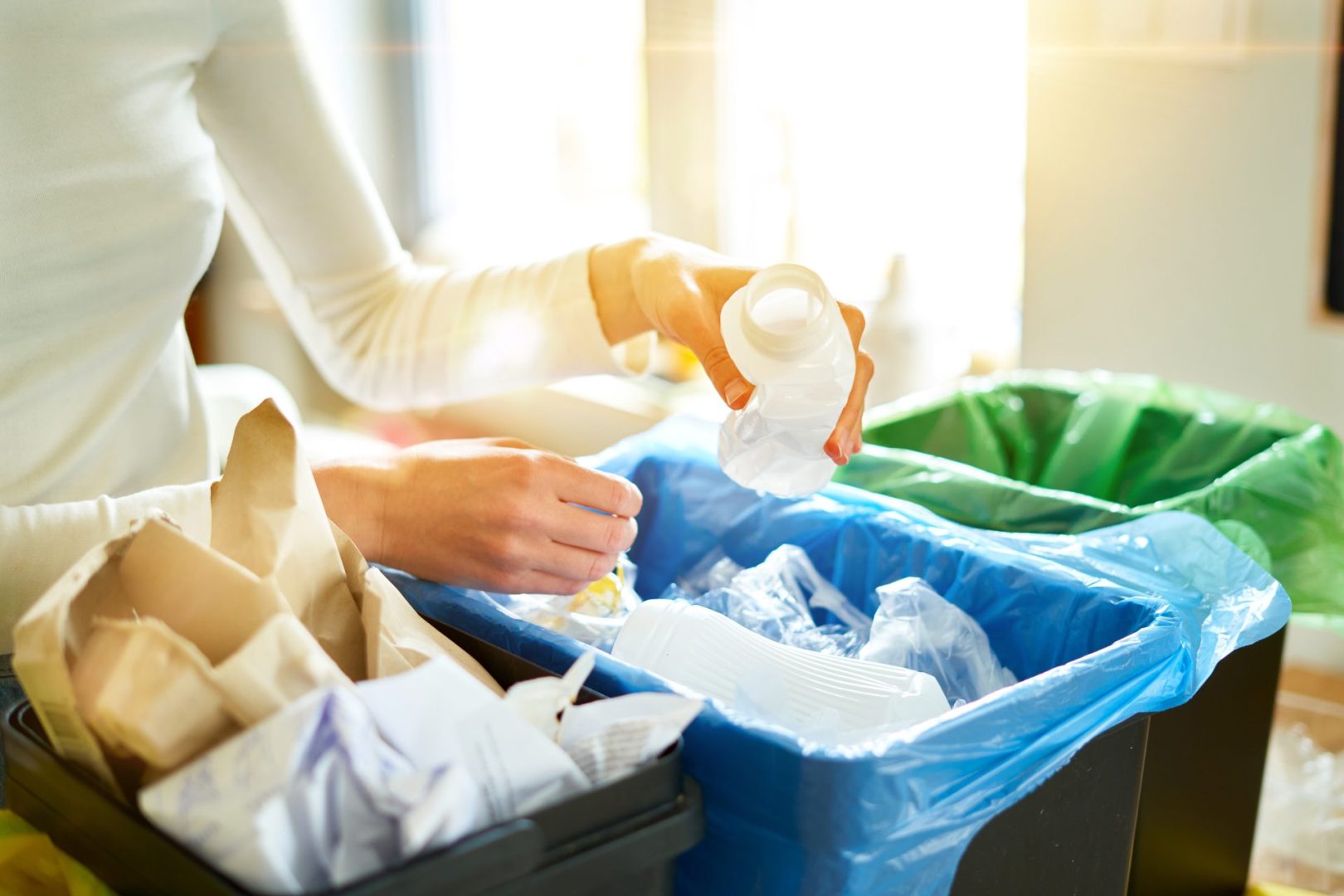Dear Recycle Lady,
The local Goodwill store accepts all kinds of e-wastes: computers, printers, keyboards, CPUs, flat screens, cell phones and more.
Good to Know
Dear Good to Know,
Thank you, Goodwill, for keeping all these electronic wastes out of the landfill and sending them out to be recycled, reused, or to reduce the use of natural resources. Last week I spoke with Goodwill’s state coordinator, and he said they have a contract with a company that specializes in recycling and reusing the many parts of electronic wastes. He also said they collect clothing that may not be wearable without repairs. Again, they work with a specialized company that sends these articles of clothing to worthy organizations here and abroad that repairs or adapts items for reuse.
Dear Recycle Lady,
What is a water footprint?
Necessary for Life
Dear Necessary for Life,
According to freetheocean.com, a water footprint is the total amount of water used to produce a product or support an activity. For example, it takes twice as much water to produce a plastic bottle of water as the amount of water contained in the bottle. According to stacker.com, 713 gallons of water are required to grow the cotton needed to produce one everyday cotton T-shirt and approximately 37 gallons of water are required to grow and process the number of beans needed for a single cup of coffee. The water calculator at www.watercalculator.org can be used determine your water footprint. You may be surprised at how many gallons of water you and your household use a day. It will also give you the U.S. average per day of the number of gallons of water used for the size of your household.
Besides your household’s water footprint, there is virtual water. Virtual water, according to mywaterearth.com, is the unknown, hidden amount of water that is used by developed countries in the production of goods, electricity, manufactured products, and food. It is the direct and indirect sum of all water used to process a product, company, or sector. It includes water consumption, pollution, and evaporation throughout the full production cycle from the supply chain to the end-user. With the growing scarcity of water throughout the world, new concepts are being developed for saving water used to produce a product. Water use patterns can be used todetermineareas where water is plentiful for producing certain products instead of using areas where water is scarce.
Dear Recycle Lady,
Help. This morning my mailbox was again full of catalogs that I do not want. I know they can be recycled, but is there a way to stop them from coming?
No More Magazines
Dear No More Magazines,
You are correct, catalogs can be recycled, but environmentally, reducing the number of catalogs printed would be a better choice. Fortunately, there is a way to opt out of receiving them. Catalog Choice is a nonprofit organization working to stop junk mail. The website is: www.catalogchoice.org. It may take a month or two, but you will no longer receive the listed catalogs. I have opted out of several catalogs using Catalog Choice. According to oceanfutures.org, over 100 million trees, 28 billion gallons of water, and enough energy to power more than 9 million cars is used every year to produce junk mail.
Interesting Information: Bamboo grows 2 feet per day, that’s almost 1.5 inches per hour! Not only that, but it grows back quickly, is extremely durable and naturally antibacterial. A wonderful replacement for plastic! (fto.com)
Have questions about recycling, or interesting information about recycling? Send questions or requests to recyclelady@greenbrier-swa.com. Dear Recycle Lady is sponsored jointly by the Greenbrier Recycling Center and Greenworks Recycling.




